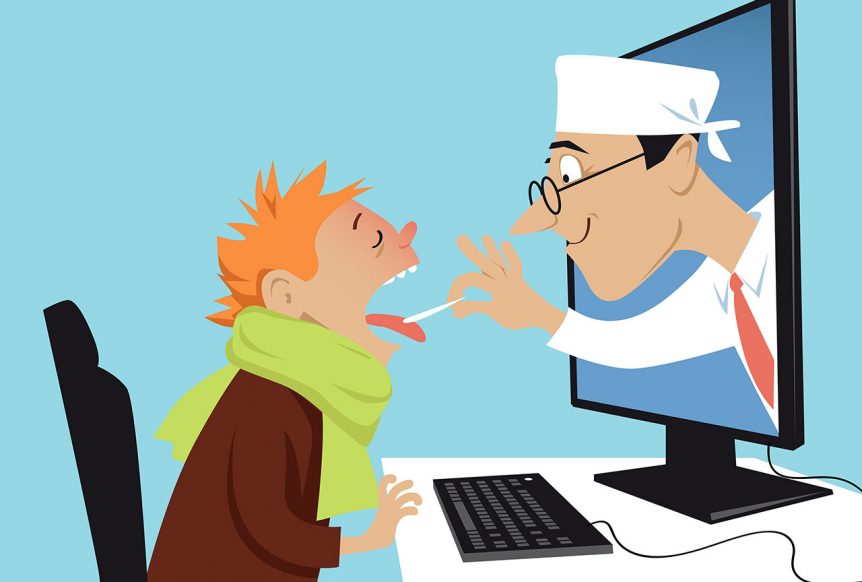What is Telemedicine?
Telemedicine provides a way for medical professionals to offer services to patients with no office visit needed. This allows patients to receive care without leaving the comfort of their own home, office or even vacation spot. Telemedicine can be offered via an online portal maintained by a medical facility, video software or apps specifically designed to provide telemedicine. This allows patients to review symptoms, treatment and more with a healthcare provider in real time. Providers can then diagnosis, explain treatment options and even prescribe medications when necessary.
The US Centers for Medicare & Medicaid Services (CMS) recently issued over 80 temporary regulatory waivers and new rules for healthcare services. The goal was to help more people receive safe medical care via telemedicine while also keeping healthcare providers safe during COVID-19.
More and more patients are embracing telehealth options, opting for remote care over in-person visits. In this blog, we’ll analyze what has contributed to this phenomenon.
Understanding Why Patients Are Turning to Telemedicine During COVID-19
People are becoming more comfortable with telemedicine.
In their March 30th press release, the CMS explained that by making use of apps with audio and video capabilities, patients can now interact with their clinicians for a greater number of healthcare services. Healthcare providers can reduce their risk of catching the COVID-19 virus and can instead remain available to continue serving patients.
During COVID-19, hospitals have instructed patients to stay away unless in-person visits are necessary.
Clinicians treating patients in-person run the risk of contracting COVID-19 and then carrying it to other healthy individuals. Unless an appointment cannot be delayed, patients are encouraged to remain safely at home. Fortunately, there are many ways to become more comfortable with telehealth while avoiding the hospital.
A benefit for many individuals who either prefer or cannot use internet services is that providers can now evaluate patients through phone calls. Face-to-face interactions with people in the hospital have morphed into phone calls instead when needed. With patients and administrators, processes such as discharging and conveying tests can take place by phone to maintain safe social distancing.
Care providers and hospital systems are routinely surveying patients after receiving care. This process is particularly important to maintain the same level of excellence they achieved before the pandemic. As you become more comfortable with telemedicine, consider giving feedback about the services you received at your last visit. Your experience is important and can help others in significant ways.
How benefEx Can Help
Ready to explore telemedicine options from an insurance perspective? Contact benefEx! We’re here to help you decide the best options for your business. Let us know how we can assist you—we’re all in this together.

